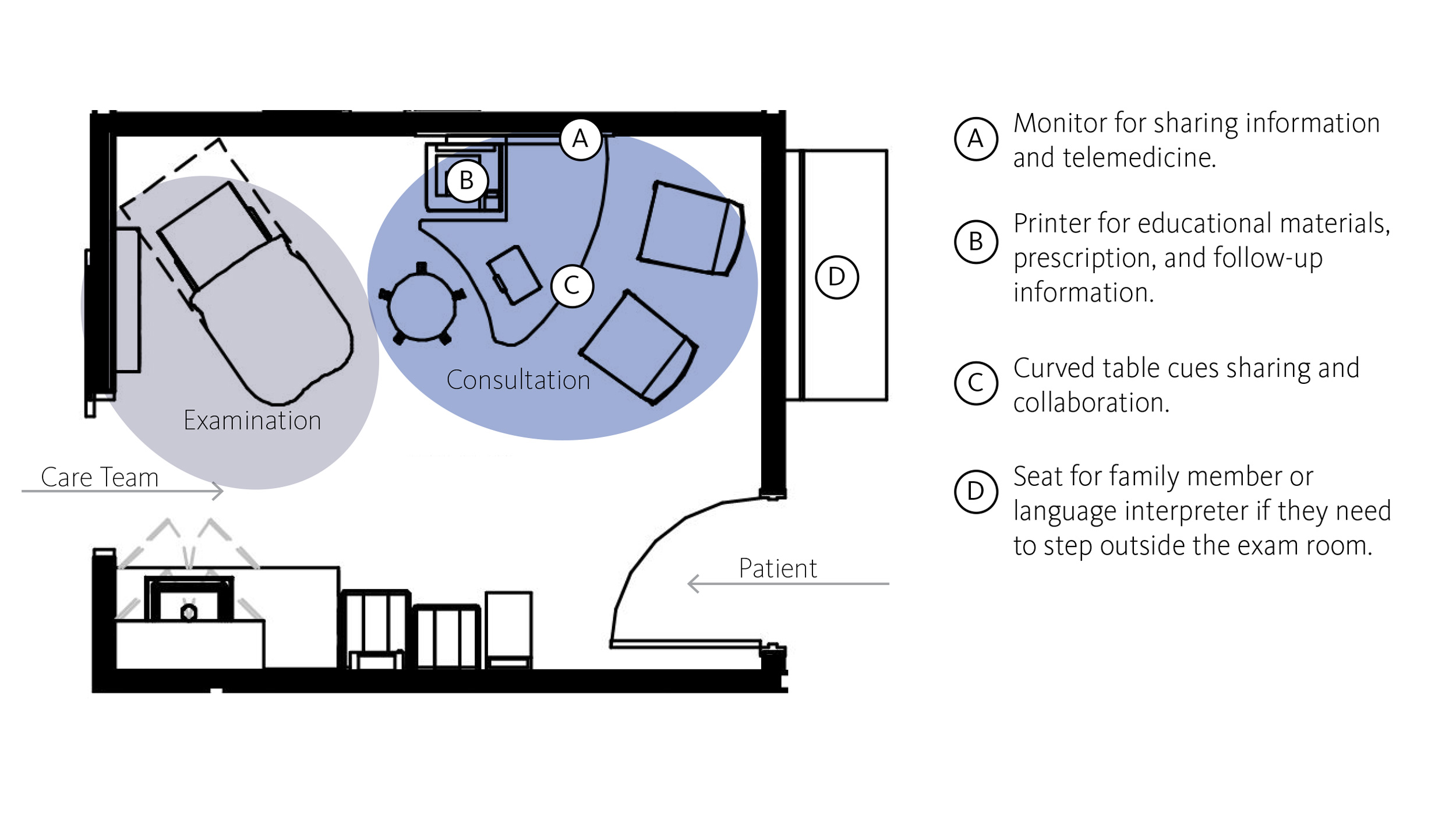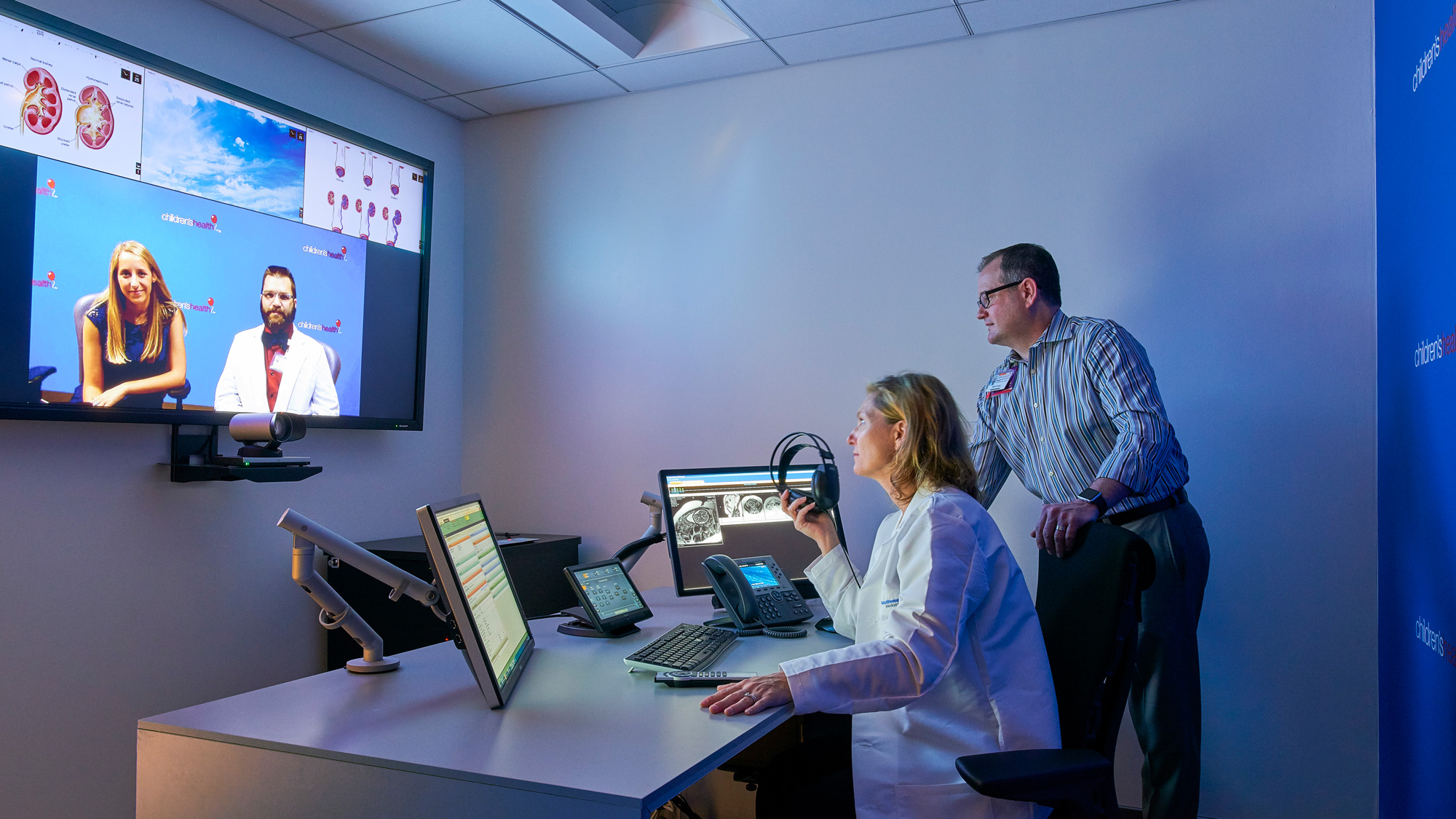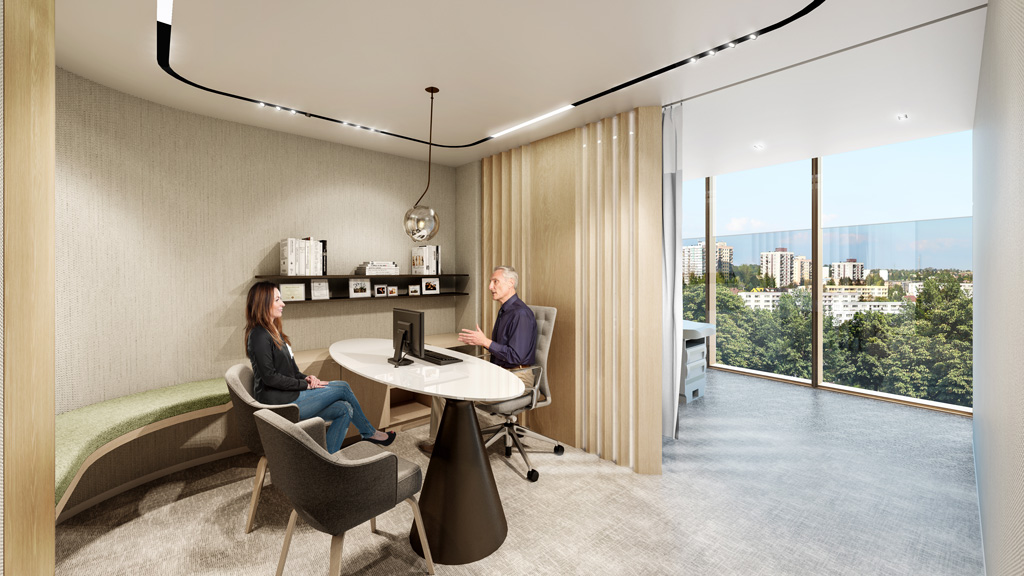Hospitals Are Moving Into Their Communities
May 31, 2019 | By Amy Carter and James Crispino
Five strategies to improve access and patient experience
In the healthcare industry, provider loyalty no longer comes from proximity alone. Thanks to a global trend of digitalization and increasingly available medical knowledge, health care consumers are now empowered to seek out providers that offer greater levels of accessibility, convenience, and service.
As patients begin to attain a more complete understanding of their health, they progressively expect their provider to recognize their needs, their history, and the way they prefer to engage. The average healthcare consumer is increasingly tech savvy, price conscious, and considers themselves an equal partner in their care.
To establish loyalty and satisfaction in this highly informed age, healthcare providers must simplify access and improve experience. This focal shift, supported by new technologies, has pushed many services outside of the hospital environment and into the surrounding communities, prompting providers and consultants to reevaluate how best to plan for the distribution of care.
Empowering the Patient
In the widely distributed healthcare landscape, consumers have more choices available to them than ever before — which makes the patient experience a top priority. Consistency across a variety of settings is key to establishing provider brand. Patients want their time to be valued, their needs respected, and their concerns communicated to the care team. In the interest of reducing wait times, providers are beginning to replace large waiting spaces with more consult/exam and staff amenity spaces. Implementing a real-time locating system also supports this spatial shift and allows patients to check in, show themselves to a room, and alert the care team of their arrival. The result is a more efficient throughput for the provider and a perception of valued time for the consumer.
Collaboration and Connection
Patients want to feel informed and included. A highly collaborative and connected environment promotes health and wellness while improving their experience. A patient’s social determinants also have an impact on their health and, as a result, multi-disciplinary care teams are expanding to include psychologists, social workers, and nutritionists. Small exam rooms are shifting to larger Exam/Consult rooms to accommodate this growth and improve communication. The care provider and the patient are then able to meet as equals at the consult table, leading to more meaningful conversations, broader wellness education opportunities, and an increased investment from the patient.

The Right Technology for Everyone
Baby boomers account for the largest portion of the current patient population, followed closely by millennials – presenting care providers with a noticeable difference in demands, approach, and comprehensive technological fluency. When designing state-of-the art facilities, it is imperative to recognize the generational differences and tailor the provider’s approach to their specific patient demographics. For some communities, it may be highly beneficial to consider relatively low-tech options: a printer in the exam room, for example, allows the care team to print and go over educational materials on the spot. Meanwhile, more tech-savvy populations may respond better to health applications they can use to access resources or schedule follow-ups on their own time, from their mobile devices.
Social Networks and Wellness
Social and virtual networks are proving to be useful tools in healthcare delivery for chronic disease management, healthy behavioral promotion, and behavior and recovery services. In the physical space, healthcare lobbies can become wellness-focused third spaces. Likewise, waiting rooms are being re-imagined as active health and wellness concourses, where the community can conduct normal daily activities, access advice, participate in a myriad of classes, or connect with other patients for support group sessions. Promoting social networks and wellness activities within communities is essential to their fundamental health and wellness.

Expanding Access
Telemedicine is a prime option for patients who can’t make it to the ambulatory care center but want to stay connected to their care team during their daily routine. Healthcare providers are adding specifically-designed telemedicine rooms to their health centers in the interest of expanding and improving access to more patients. In rural areas, virtual healthcare centers are providing comprehensive health services while expanding the reach of specialists. The virtual care center may be connected to a rural hospital to help advise the local care team on a course of treatment or specialized case.
Hospitals are moving into their communities as empowered consumers continue to drive change in the healthcare landscape and push providers to become more accessible. By implementing these five progressive strategies, we place a higher value on the consumer’s time, elevate the quality of care and pave the way for new technologies while enhancing the patient experience. In doing so, providers will improve the lives of the people they serve.


